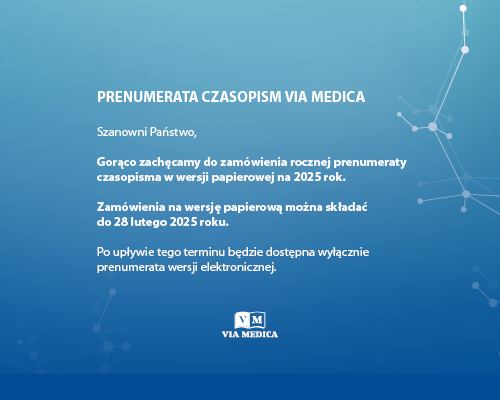Vol 58, No 4 (1999)
Original article
Published online: 2000-08-01
Immunohistochemical study of microglial and astroglial cells during postnatal development of rat striatum
Folia Morphol 1999;58(4):315-323.
Abstract
The present study investigates the development of microglial and astroglial cells in the postnatal rat striatum, using immunohistochemical methods with panel antibodies that recognize macrophage antigens of unknown function - ED l, complement type 3 receptor- OX-42 (for microglia) and glial fibrillary acidic protein (for astrocytes). On the day of birth, EDl/OX-42- immunoreactive microglial cells present in the striatum represent ameboid microglia. Between PO and P10 we could observe the migration of ameboid microglial cells from neuroepithelial ventricular zone through internal and external capsules into the striatum. During the second postnatal week (PIO, P14) a considerable decline of ameboid EDl-immunoreactive microglial cells and an increase of the number of OX-42 positive ramified cells were observed. At P21 only OX-42 positive ramified cells were observed in the whole striatum. On the day of birth, only a few GFAP positive cells resembling radial glia were observed in the striatium. During the first postnatal week, the number of GFAP-positive cells increased significantly; they showed typical morphology of the astrocytes present in the adult animals. After P22 the final striatal population of astroglia was formed.
Keywords: DevelopmentMicrogliaAstrogliaImmunohistochemistryStriatumRat



